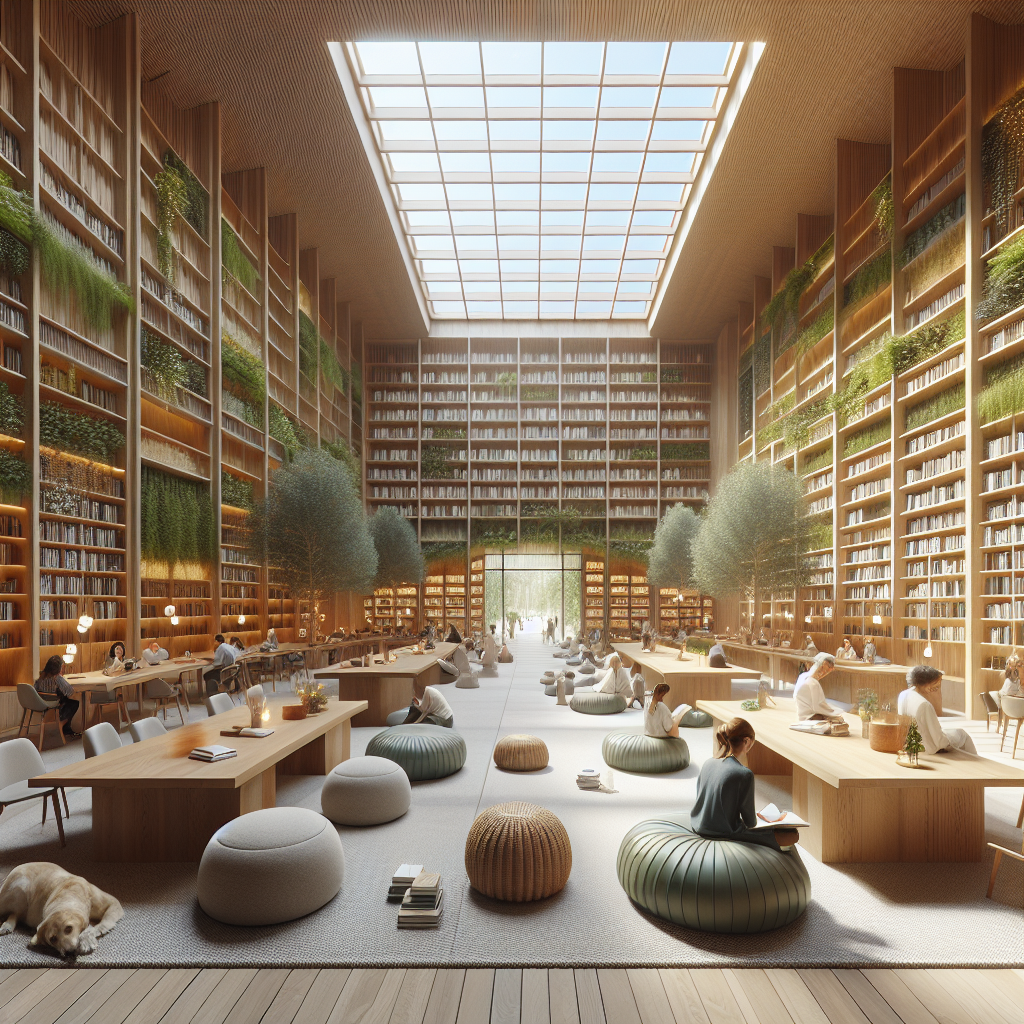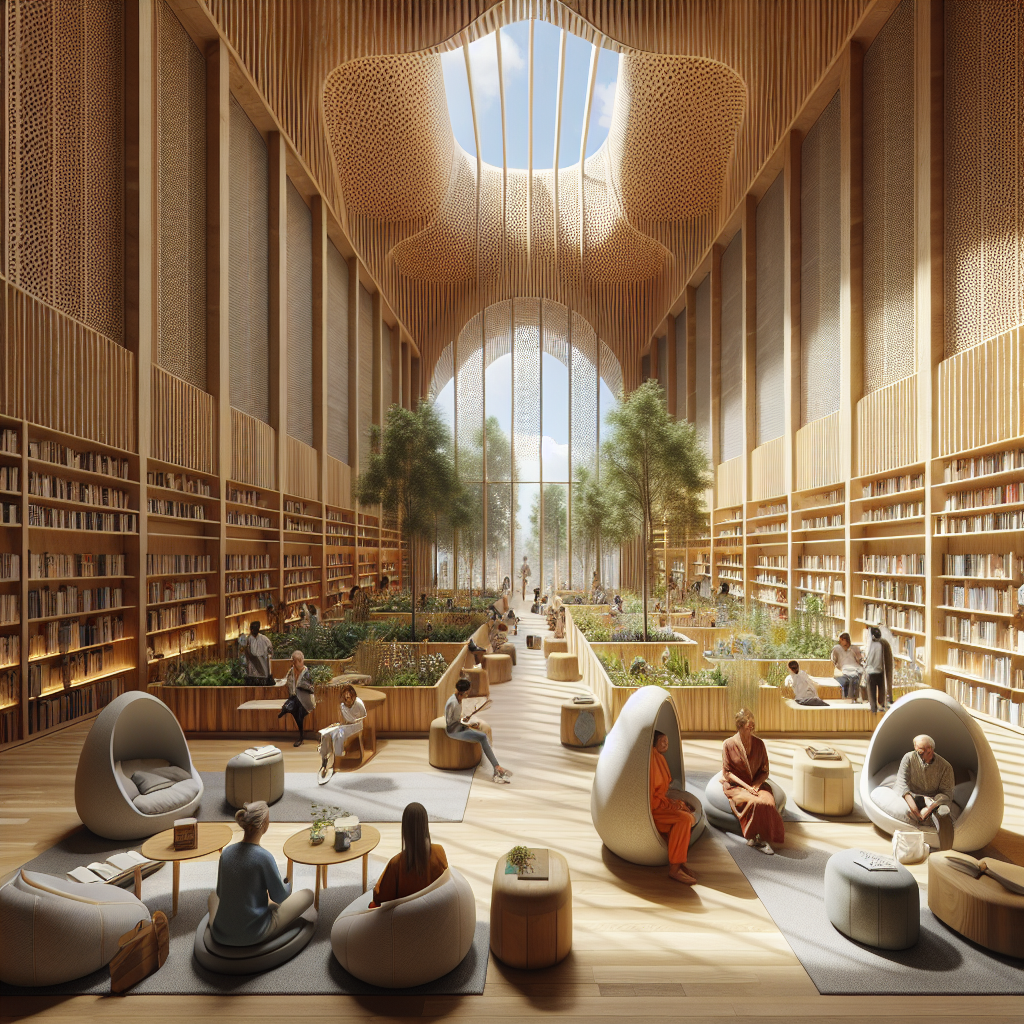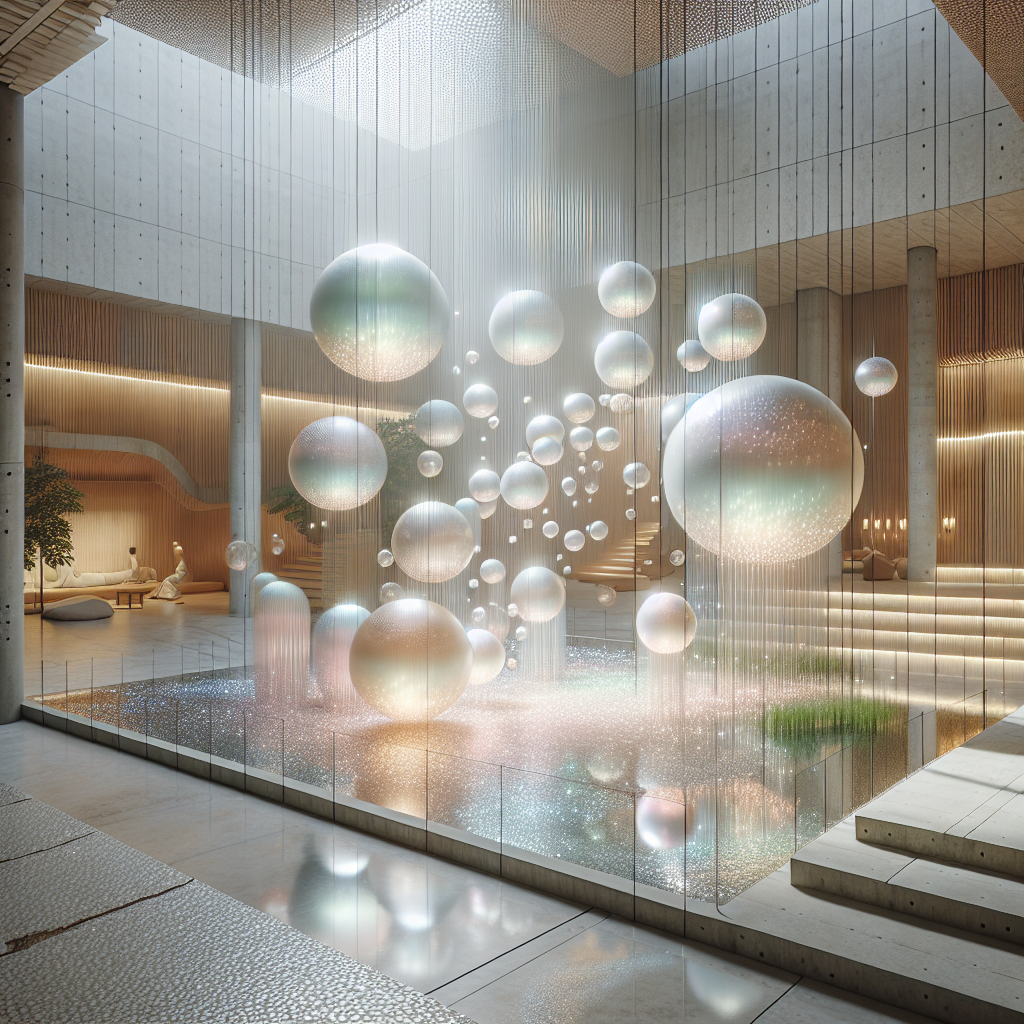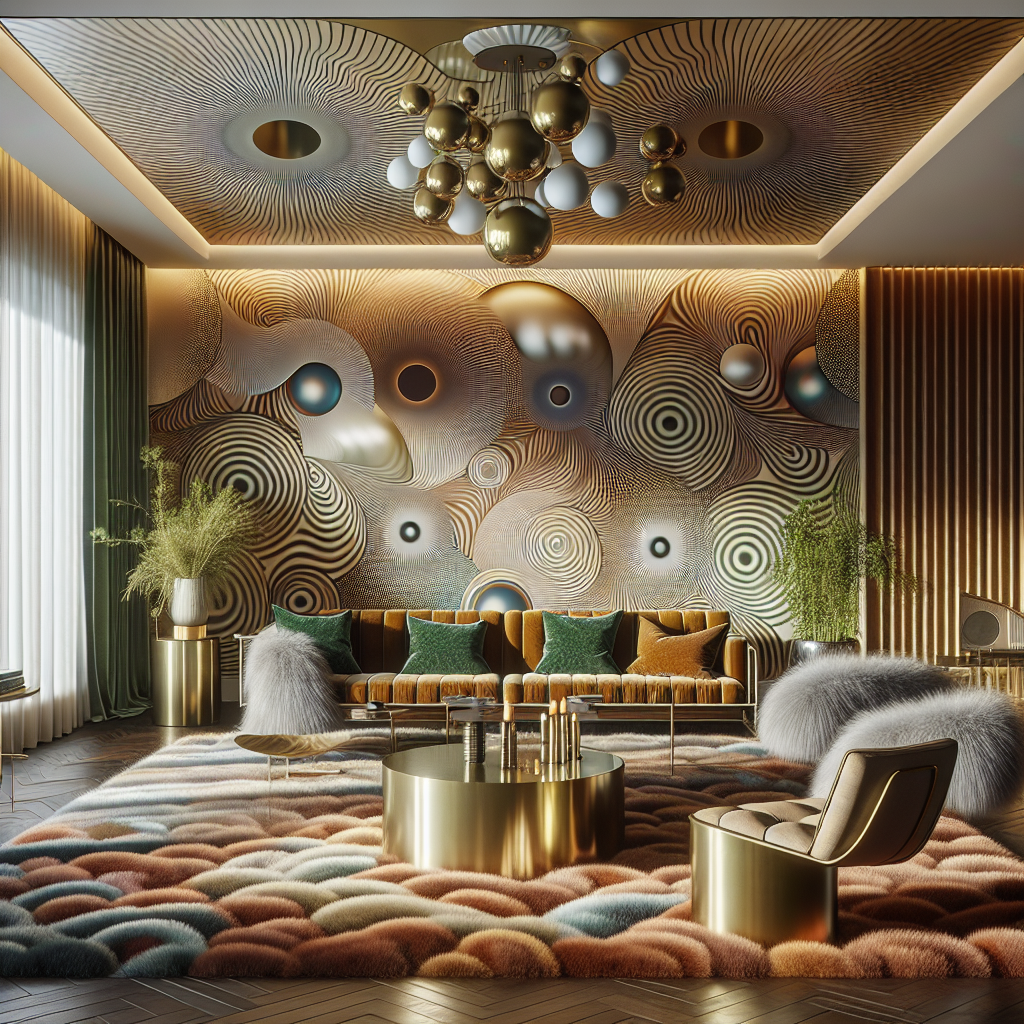The healing library: integrating therapy rooms among reading nooks
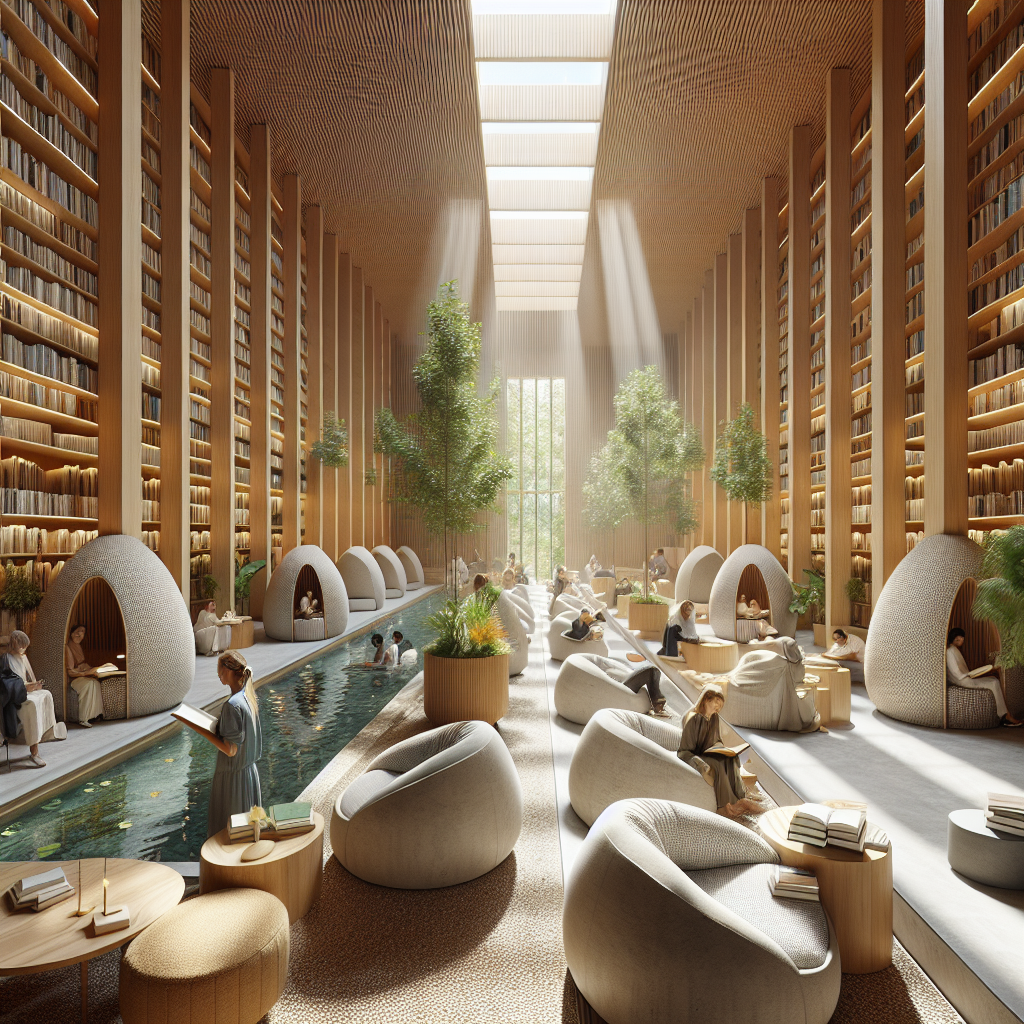
Libraries have long been sanctuaries of quiet reflection, intellectual pursuit, and civic pride. Yet in the wake of global health crises, rising urban stress, and a renewed focus on mental well-being, the typology of the library is undergoing a profound transformation. The emerging concept of the healing library—where therapy rooms are interwoven with reading nooks—signals a radical rethinking of public and private spaces dedicated to knowledge, care, and community. This hybrid model positions the library not only as a repository of books but as a holistic environment for emotional resilience, social connection, and architectural innovation.
The Evolution of the Library as a Civic Space
Historically, libraries have embodied the ideals of enlightenment and democracy, offering free access to knowledge and a refuge from the noise of the city. From the monumental reading rooms of the 19th century to the digitally integrated learning hubs of today, their design has always mirrored societal priorities. In the 21st century, as biophilic design and wellness architecture gain traction, libraries are being reimagined as therapeutic landscapes. They are no longer silent halls of scholarship alone, but dynamic environments that nurture both the intellect and the psyche.
Therapy Rooms Among the Stacks
The integration of therapy rooms within libraries represents a deliberate architectural strategy to destigmatize mental health support. By embedding counseling suites, meditation pods, and sensory-friendly spaces alongside reading areas, designers are creating environments where care feels natural, discreet, and accessible. The proximity of books and therapeutic services fosters a continuum of healing—where literature becomes both metaphorical and literal medicine.
Spatially, these therapy rooms are often tucked into alcoves or positioned near intimate reading corners, using warm timber, acoustic insulation, and diffused lighting to create atmospheres of safety and trust. The design language borrows from residential interiors rather than institutional clinics, with soft furnishings, natural textures, and tactile surfaces that signal comfort rather than sterility.
Biophilia and the Healing Power of Design
The success of healing libraries is deeply tied to the principles of biophilic design. Studies consistently show that access to natural light, greenery, and organic materials reduces stress and improves cognitive function. In libraries, this translates into reading nooks framed by indoor gardens, therapy rooms with views of landscaped courtyards, and circulation paths that mimic natural flows.
The field of environmental psychology reinforces the idea that design can actively shape emotional states. A healing library that integrates greenery, water features, and sensory textures not only encourages longer stays but also supports deeper forms of relaxation and reflection. The library becomes a restorative ecosystem rather than a mere information hub.
Case Studies: Libraries as Wellness Anchors
Several pioneering projects illustrate the potential of this hybrid typology. In Scandinavia, municipal libraries have begun incorporating wellness suites where citizens can book private sessions with therapists or participate in group mindfulness workshops. In the United States, community libraries in cities like Boston and Seattle are experimenting with “quiet care rooms” designed for neurodiverse users, echoing the growing discourse on designing for neurodiversity.
In Japan, where compact urban living often limits access to personal retreat spaces, architects have introduced modular therapy pods within libraries—soundproofed capsules where individuals can meditate, journal, or simply decompress. These pods are seamlessly integrated into the library’s architectural rhythm, often appearing as sculptural insertions among the stacks.
Architectural Language of Calm
Designing a healing library requires a nuanced orchestration of spatial, material, and sensory elements. Acoustic comfort is paramount: sound-absorbing panels, textile wall treatments, and strategic zoning ensure that therapy rooms remain insulated from the gentle hum of reading areas. Lighting design is equally critical, with circadian-sensitive LEDs and clerestory windows providing both functionality and mood regulation.
Material palettes lean toward natural finishes—untreated oak, clay plaster, linen upholstery—creating tactile warmth. Furniture is deliberately non-hierarchical: low-slung sofas, movable chairs, and cocoon-like seating pods invite users to inhabit the space on their own terms. The result is an architecture of invitation rather than imposition, where every corner whispers of possibility for rest, study, or care.
Libraries as Preventive Healthcare Infrastructure
The integration of therapy rooms into libraries also reframes these institutions as part of a city’s preventive healthcare infrastructure. By normalizing access to mental health support in a civic setting, healing libraries reduce barriers to care and foster community resilience. This approach aligns with broader architectural movements toward designing public spaces for well-being, where the built environment actively contributes to healthier societies.
According to a 2023 report by the International Federation of Library Associations, over 60% of new library projects worldwide are incorporating wellness-oriented features, from sensory rooms to meditation gardens. This trend underscores a growing recognition that architecture is not neutral—it can either exacerbate stress or serve as a salve for it.
Challenges and Opportunities
The healing library is not without its challenges. Privacy remains a central concern: therapy rooms must be acoustically secure and visually discreet while still maintaining openness to avoid institutional stigma. Funding models also require rethinking, as municipalities and universities must justify the integration of healthcare services into cultural infrastructure. Yet these challenges are offset by opportunities for cross-disciplinary collaboration between architects, librarians, psychologists, and urban planners.
There is also a profound symbolic opportunity: by placing therapy rooms among reading nooks, society signals that mental health is as integral to human flourishing as intellectual growth. The library becomes a civic manifesto for holistic well-being.
The Future of Healing Libraries
Looking ahead, healing libraries may evolve into multi-sensory sanctuaries where architecture, technology, and care converge. Imagine AI-driven lighting systems that adapt to users’ emotional states, or modular therapy pods that can be reconfigured for group or individual use. As seen in experimental projects like digitally enhanced libraries, the integration of smart technologies will only deepen the therapeutic potential of these spaces.
Ultimately, the healing library is not a passing trend but a profound redefinition of what civic architecture can achieve. It demonstrates that spaces of knowledge can also be spaces of care, and that the act of reading can be inseparable from the act of healing. In a world increasingly marked by anxiety and fragmentation, this hybrid typology offers a vision of architecture as a gentle, persistent force for collective well-being.
A New Paradigm of Care and Culture
The healing library challenges architects and designers to think beyond function and aesthetics, toward a deeper integration of cultural and therapeutic values. It suggests that the future of architecture lies not only in technological innovation or sustainability but in its ability to cultivate human resilience. By weaving therapy rooms among reading nooks, we are not merely redesigning libraries—we are reshaping the very architecture of care.

